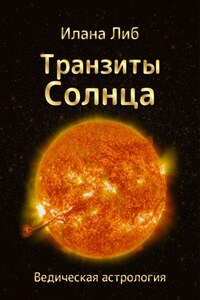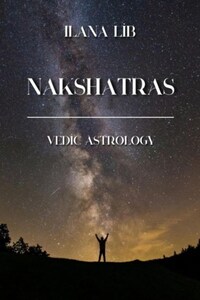There are four types of karma: Sanchita Karma, Prarabdha Karma, Kriyamana Karma, and Agami Karma (Vartamana Karma).
Sanchita Karma
This is the reservoir of all karma a person has (including all incarnations). It clears if the person engages in personal development, and as long as there is something to correct, they will be born again and again. If the person does not grow spiritually, the debts, sins, deeds, idleness, wrong thoughts, and everything they didn’t understand accumulate in the Sanchita Karma.
Prarabdha Karma
This is the karma to be corrected in this life (only in this life, which essentially constitutes the results of the soul’s many incarnations). Prarabdha Karma is usually very harsh. It cannot be avoided. The Vedic horoscope is the reflection of Prarabdha Karma. This karma predetermines certain events in life and longevity.
Kriyamana Karma
This is karma that operates quickly, these are the results of actions in the current life. But sometimes it happens that a person did something now and will only pay for it in the next life (Agami Karma).
Agami Karma
This is karma that can be changed after understanding an action, any act or non-action.
Jyotish is divided into three main parts: Ganita, Samhita, and Hora.
Ganita
Ganita – Astrological observation (astronomy). Earlier, when there were no computers, texts were used to describe the movement of the planets for the next 5 years. Nowadays, computers calculate everything. Ganita is divided into two parts: one is Ganita and the other is Gola.
Gola
Gola emphasizes philosophical observation related to the movement of planets. Observing the position of a certain planet and what phenomena are occurring in the sky at that time. Nowadays, astrologers no longer deal with this. It is the job of astronomers.
Samhita
This part of astrology is responsible for laws and regulations. These are laws for conducting religious rituals, for example. Samhita answers the question of what to do when a certain event occurs in a person’s life.
Hora
This part of astrology is used by astrologers. Today, they don’t deal with Ganita and Samhita. Hora is divided into four parts: Jatana, Nimita, Prashna, Muhurta.










